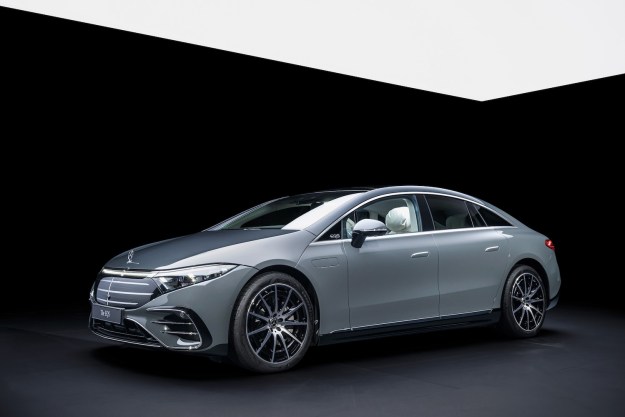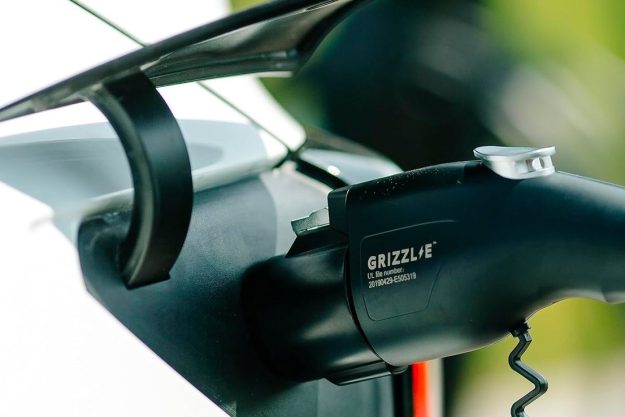GM’s English Vauxhall division has introduced the brand-new Insignia Grand Sport — a monumentally important model for the car maker that will wear at least four different emblems over the course of its life.
It will be sold as the Vauxhall Insignia in the United Kingdom; the Opel Insignia in continental Europe; the Holden Commodore in Australia; and the Buick Regal in the United States. Specifications, equipment, and basic styling cues will vary from market to market, of course.
Largely designed in Germany by Opel, the Insignia is nearly 400 pounds lighter than the outgoing model thanks in part to a new platform. It looks sportier, too; it’s slightly lower and wider than the last Insignia, and its overhangs have been noticeably reduced. The new proportions help give it a 0.26 drag coefficient, a figure that makes it one of the most aerodynamic models in its segment.
The Insignia’s look is loosely inspired by the Monza concept that debuted during the 2013 edition of the Frankfurt Auto Show. The front end gets sharp-looking headlights with boomerang-shaped LED daytime running lights, and a grille that’s positioned low on the front fascia. Around back, Vauxhall’s newest sedan bears some resemblance to the current-gen Holden Commodore (known as the Chevrolet SS on our shores), but the tail lamps wrap around the body and stretch into the quarter panels. While the design department of many automakers is stuck in an evolutionary rut, Vauxhall has gone for a full-blown revolution.
The passengers benefit from a brand new infotainment system displayed on a high-resolution touchscreen, and the Insignia is compatible with both Android Auto and Apple CarPlay. The dashboard is clean and uncluttered, with a horizontal line that emphasizes the cabin’s width. Vauxhall points out it’s one of the very few automakers whose seats are certified by Germany’s Aktion Gesunder Rücken (Campaign for Healthy Backs).
Technical details haven’t been published yet. All we know at this point is that the Euro-spec models will be available with a wide range of turbocharged gasoline- and diesel-burning engines. Upmarket models will benefit from an eight-speed automatic transmission, all-wheel drive, and a torque vectoring system. More affordable variants will get front-wheel drive and a six-speed manual gearbox. Full specifications will be announced closer to its on-sale date.
The 2017 Vauxhall Insignia Grand Sport will make its official debut during next year’s Geneva Auto Show. The Opel-badged model will also debut in Switzerland, but we’ll likely have to wait a few additional months to see the Buick and Holden variants of the sedan. A station wagon model will be added to the lineup a little later in the production run, and we hear there’s a good chance it will make the trip across the pond to join the Buick lineup.
Editors' Recommendations
- Windows 11 might finally be giving us a new media player
- Apple’s latest tech acquisition gives us a hint about its future camera plans




